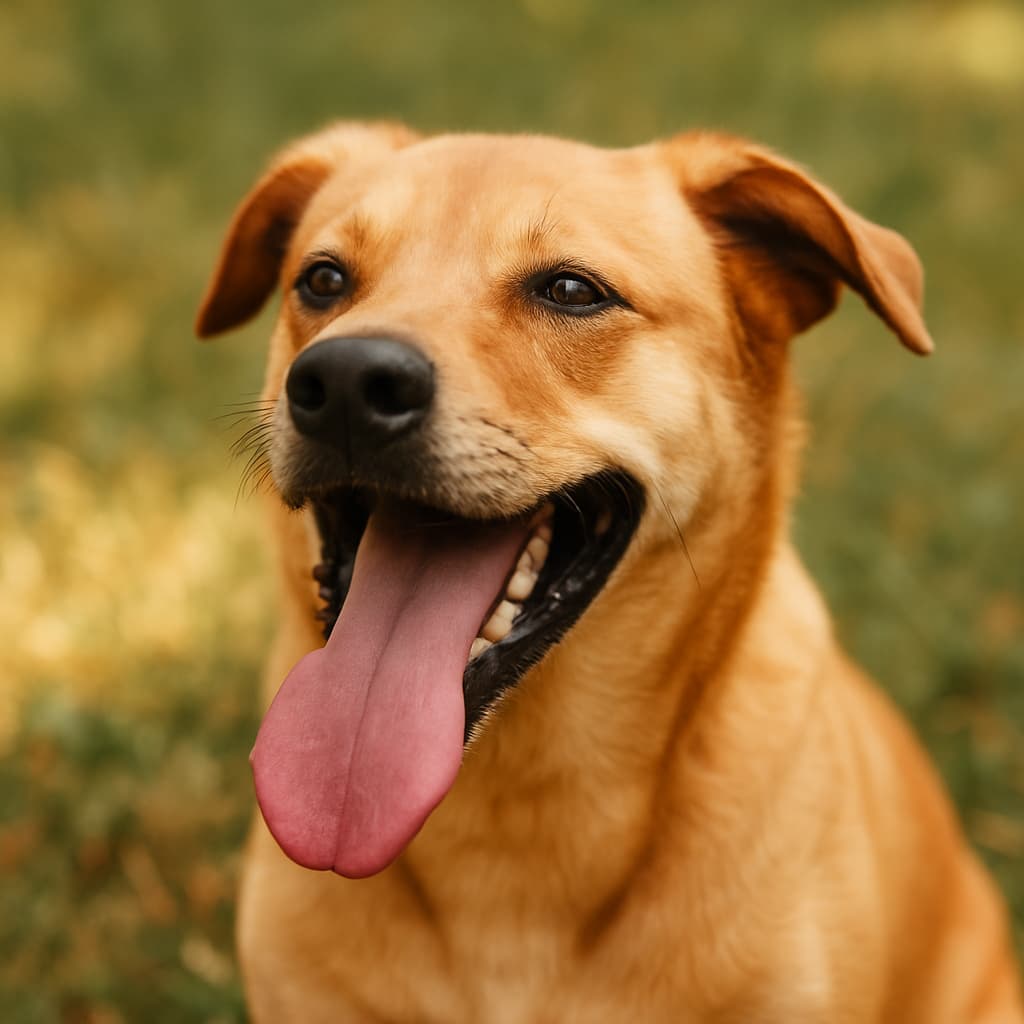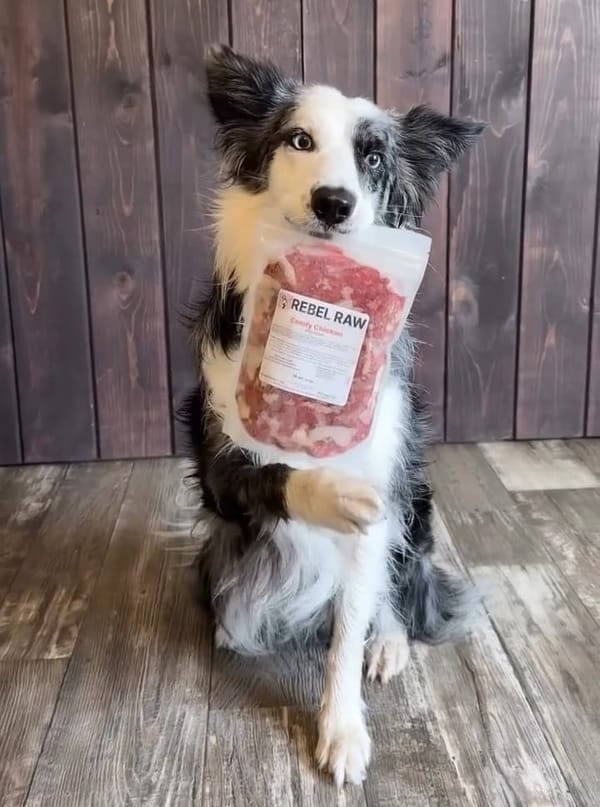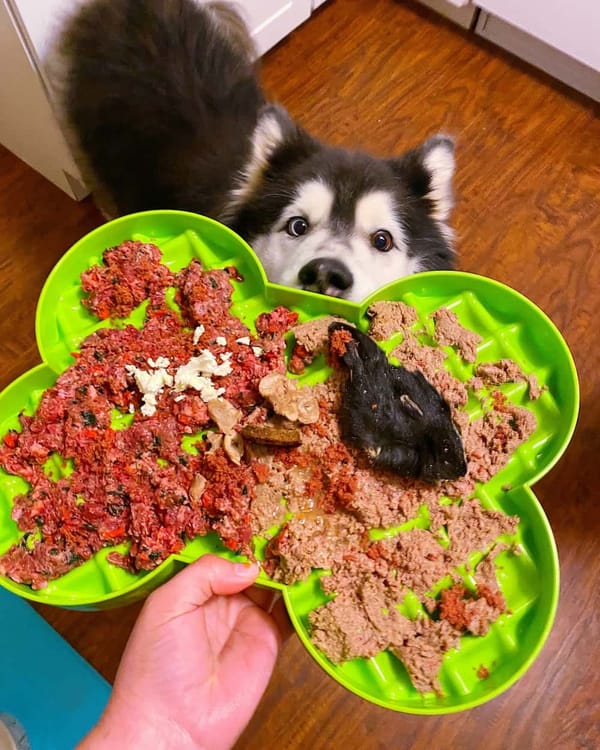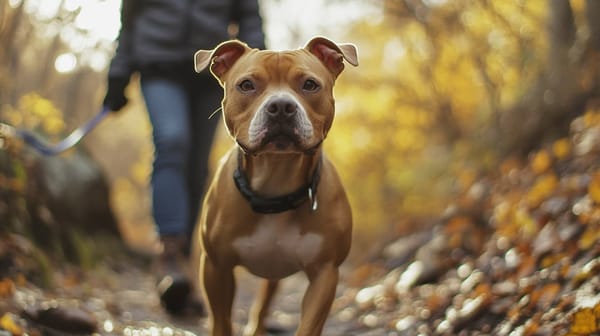Hot summer days may be perfect for fetch in the yard or long walks on the trail, but they also bring serious risks, especially heat stroke. Dogs don’t sweat the way humans do, so they rely on panting to cool down. When that’s not enough, their body temperature can rise rapidly, leading to heat stroke. This is a life-threatening emergency.
Understanding the signs of heat stroke and knowing what to do can save your dog’s life.
What Causes Heat Stroke in Dogs?
Heat stroke occurs when a dog’s internal temperature rises above 103°F (39.4°C), and they are unable to cool themselves efficiently. If their temperature climbs above 106°F (41.1°C), it becomes critical and can lead to organ failure or death.
Common causes include:
- High heat and humidity
- Strenuous activity during hot weather
- Being left in a parked car, even with windows cracked
- Lack of shade or water
- Poor ventilation, such as in enclosed crates or garages
- Flat-faced breeds like bulldogs and pugs, who are especially prone
Early Warning Signs
The key to preventing serious consequences is catching heat stroke early. Look for these signs:
- Excessive panting (fast, heavy breathing)
- Thick, sticky saliva or drooling
- Bright red or pale gums and tongue
- Rapid heart rate
- Glazed eyes or dazed expression
- Lethargy or weakness
- Vomiting or diarrhea
- Uncoordinated movement or staggering
- Collapse or unconsciousness
What to Do if You Suspect Heat Stroke
Act quickly. Heat stroke can worsen within minutes.
- Move your dog to a shaded or air-conditioned space right away.
- Offer small amounts of cool (not cold) water.
- Begin gradual cooling:
- Wet their paws, belly, and ears with cool water
- Use a fan to assist with evaporation
- Place cool, damp towels on their body, especially under the armpits and neck
- Avoid ice or very cold water, which can cause shock or constrict blood vessels.
- Take your dog to the vet as soon as possible, even if they seem to recover. Internal damage may still be occurring.
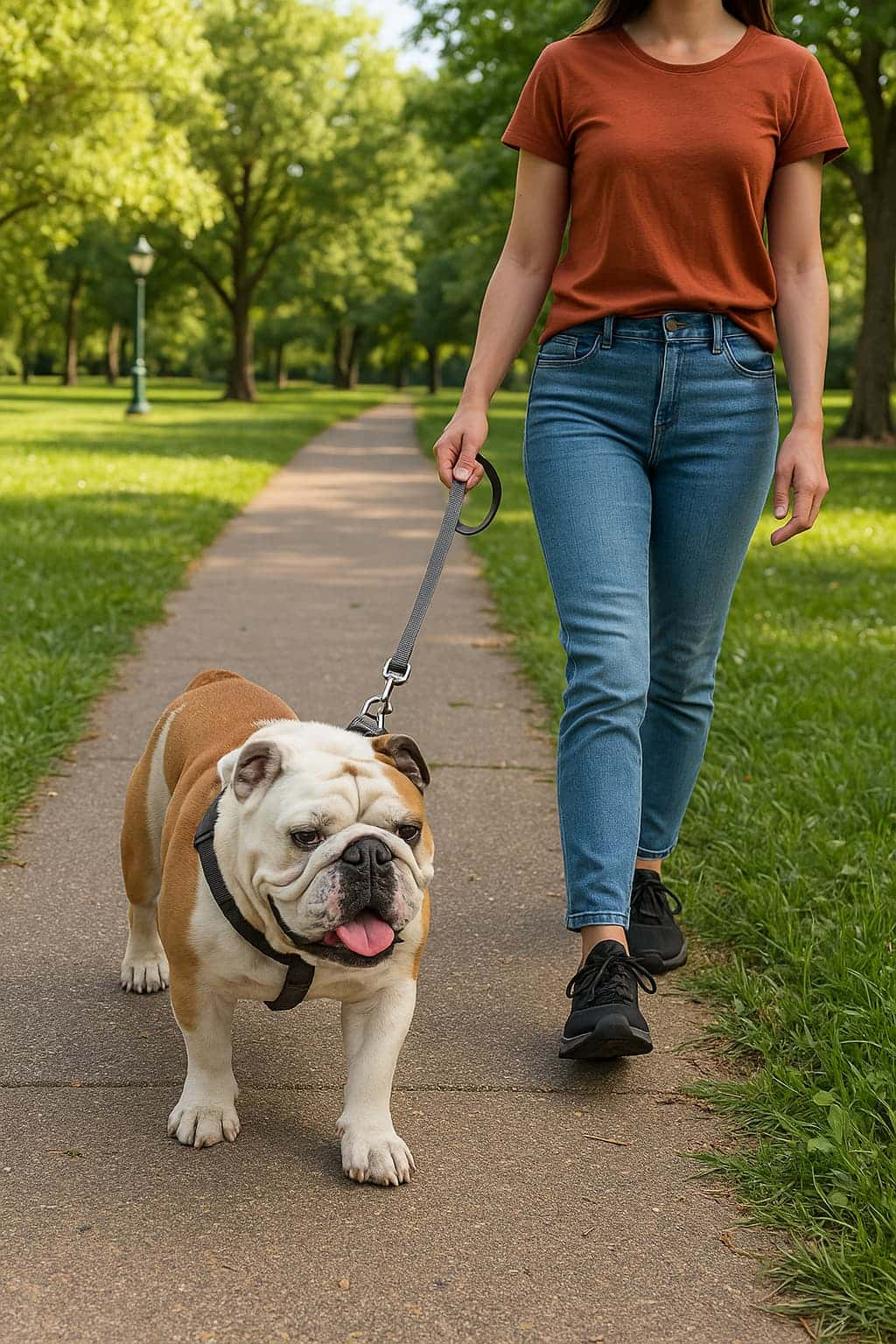
High-Risk Breeds
Some dogs are more vulnerable to heat stroke:
- Flat-faced breeds like Bulldogs, Pugs, and Boston Terriers
- Overweight dogs
- Seniors and puppies
- Dogs with heart or breathing issues
- Breeds with thick or dark-colored coats
How to Prevent Heat Stroke
- Avoid walking or playing during the hottest hours of the day, typically 10 am to 4 pm.
- Never leave your dog in a parked car.
- Make sure they always have access to fresh water and shade.
- On hot days, keep walks short and gentle.
- Watch closely for signs of overheating.
- Use cooling gear like vests, mats, or fans when needed.
Feeding your dog fresh, nutrient-dense food like Rebel Raw helps support their overall health, including better hydration and temperature regulation during hot weather. Real, moisture-rich meals can make a difference when it comes to resilience in the heat. Keep your dog cool, healthy, and thriving with real food made just for them.


